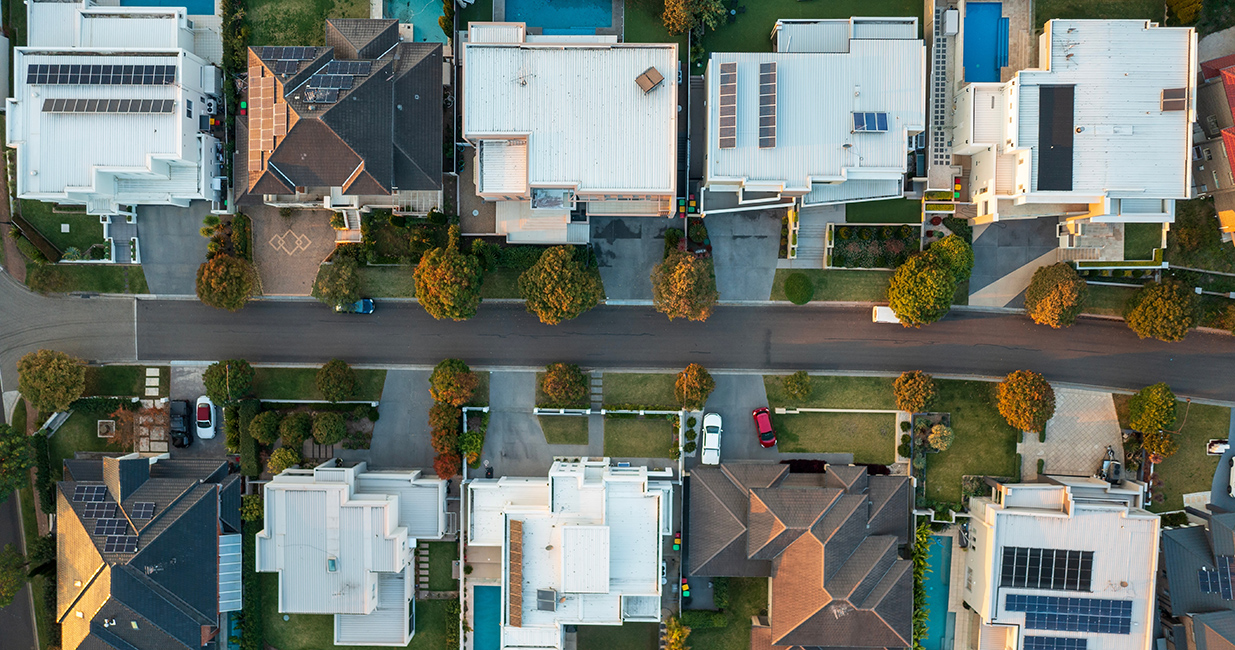
Green lending keeps the lights shining at Brighte
Despite the challenging economic climate, Brighte’s Sydney-based head of funding, George Whittle, is optimistic about the issuer’s green lending programmes and originations. The next stage of its growth plan – and national household energy transformation – includes widespread adoption of household battery storage.
By partnering with solar retailers, Brighte has supported and accelerated the uptake of solar panels across households in Australia – and its finance is moving the dial on energy transition. In the Australian Capital Territory (ACT), for instance, approximately 7 per cent of all eligible households have a solar system financed by Brighte.
Over recent years, Brighte has expected battery uptake, and particularly its attachment rate to solar, to increase significantly. Technological progress should have made the addition of storage to household solar generation more or less standard practice by now.
But, as Whittle explains, there have been a couple of curveballs – most notably COVID-19. Battery availability was hit by the same supply chain disruptions that rocked economic outcomes from 2021. The price of raw materials used in battery manufacture also rose significantly.
“Although a battery would be incredibly valuable for a household in the current energy environment, even climate conscious households make pocket decisions – and it has just been too expensive,” says Whittle.
Brighte is taking innovative steps to help affordability. For instance, it has partnered with Origin Energy to provide a sign-up bonus when households connect their home battery to Origin Loop VPP, Origin’s virtual power plant (VPP), and discharge some of their stored energy back to the grid at times of peak demand. The idea is to offset the up-front cost of battery purchase and installation.
For battery uptake to truly flourish, though, Whittle acknowledges the necessity of government support – which has played a huge role in increasing the affordability and roll-out of household solar over the past 20 years. Whittle tells KangaNews: “This support has driven solar to a point in the cost curve where it now pays for itself, including net of finance costs. While government support remains important for solar, at this stage it is now especially key for batteries and other means to electrify the home.”
Brighte administers the ACT’s Sustainable Household Scheme and the Energy Saver Loan Scheme in Tasmania. These are government incentives that have begun to shift the economics of battery uptake. Whittle highlights the forwardthinking nature of the ACT government and expects to see its programme replicated in other states.
As government incentives for batteries develop over the next few years, Whittle also expects a substantial increase in the solar attachment rate. Adding a battery would raise the initial financing requirement for a system installation and result in larger ticket sizes for Brighte.
In the ACT, Brighte has settled A$155 million (US$103.3 million) of deals across a variety of eligible projects, mainly for home improvement. Demand remains strong despite recent inflationary pressure. Whittle points out that a primary reason for purchasing solar panels, adding a battery and electrifying a home is to reduce exposure to power price volatility.
“Uptake has been quite good for the type of investments we finance,” Whittle comments. “Though the effect of higher interest rates pulls in the other direction, the push of higher prices and volatility is stronger.”
As well as its household solar speciality, Brighte does a small amount of electric vehicle (EV) finance in association with government programmes and remains open to partnership opportunities with traditional auto lenders. Whittle tells KangaNews the performance of Brighte’s unsecured book is akin to prime autos and it is comfortable in the space.
Brighte mandated its fourth asset-backed securities (ABS) transaction in August 2023, maintaining its recent record of reliably issuing around A$200 million a year. Though the issuer says it would like to do larger deals, and has the capacity to do so privately, the trade-off would be skipping a year in the public market. According to Whittle, A$200 million is sufficient for its investor base from the triple-A level through to the smaller mezzanine tranches. As a result, Brighte opts to come to market regularly to build and maintain familiarity with its programme.
In July, the issuer refinanced its first term transaction: Brighte Green Trust 2020-1. Whittle reveals that some investors in the debut have participated in every deal since. Nevertheless, Brighte continues to welcome new investors every year.
“Our collateral performs very well and when we issue into public markets it has been positively received,” says Whittle. “It is pleasing that our paper appeals to a diverse investor base that extends beyond parties with environmental, social and governance mandates.”

nonbank Yearbook 2023
KangaNews's eighth annual guide to the business and funding trends in Australia's nonbank financial-institution sector.








